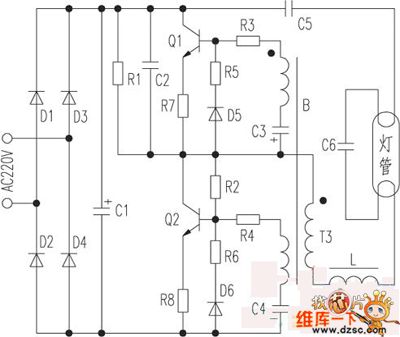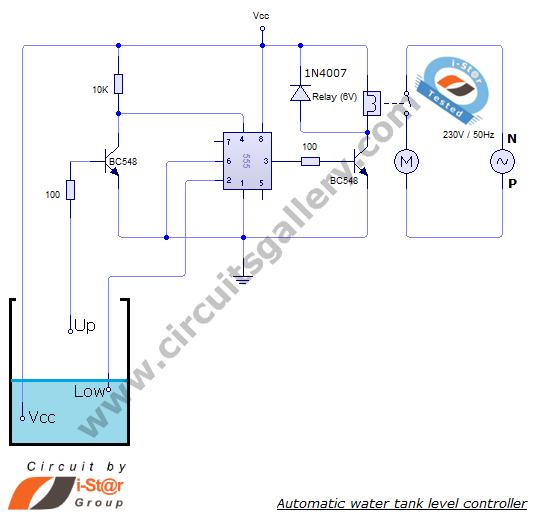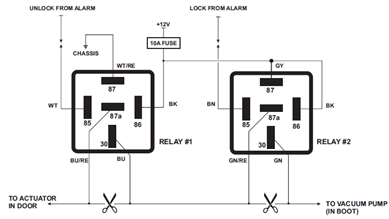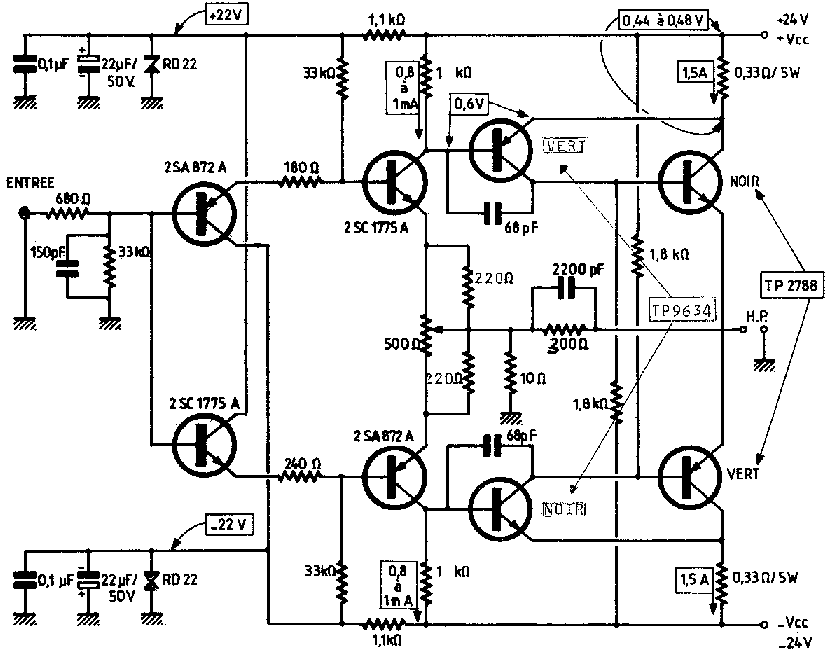
simple circuit mini bicycle bel

This circuit is a mini bicycle bell. The mini bicycle bell is activated by a switch that functions as a button. When the button is pressed, an electric current flows through a 9V electronic circuit via the transistor Q1. The speakers are connected to the battery through the transistor Q2; when Q2 is energized, the speakers produce sound. A capacitor is utilized to ensure that the sound from the speakers does not stop abruptly. A schematic diagram of the mini bicycle bell is provided. For further development of this circuit, the switch S1 can be replaced with a proximity sensor circuit. Additionally, a PCB (printed circuit board) design for the simple mini bicycle bell circuit is available for download.
The mini bicycle bell circuit operates at a nominal voltage of 9V, which is supplied by a standard battery. The circuit employs two transistors, Q1 and Q2, which function as electronic switches. Q1 is responsible for controlling the flow of current when the button is pressed, allowing the circuit to be activated. This activation results in a current being directed to Q2, which in turn powers the speakers.
The use of a capacitor in the circuit serves a crucial role in sound modulation. It acts as a filter that smooths out the electrical signal sent to the speakers, preventing abrupt cessation of sound when the button is released. This capacitor effectively allows for a gradual decay of sound, enhancing the auditory experience.
The schematic diagram provided illustrates the connections between the components, including the power supply, transistors, speakers, and the capacitor. The design is straightforward, making it suitable for hobbyists and those looking to create a simple yet effective bell system for bicycles.
For those interested in further modifications, the circuit allows for the substitution of the mechanical switch S1 with a proximity sensor. This change would enable the bell to activate without direct contact, providing a more modern and user-friendly approach. The PCB design accompanying the circuit simplifies the assembly process, allowing for a more organized and reliable construction of the mini bicycle bell. The downloadable PCB layout ensures that users can replicate the circuit with precision, facilitating ease of use for both novice and experienced electronics enthusiasts.This circuit is a mini bicycle bell. Mini bicycle bell is connected using the bell as a switch. If the button is pressed, an electric current flowing on the 9V voltage electronic circuit through the transistor Q1. because the speakers are connected to the battery using a transistor Q2, when the transistor electrified, the speakers will also be ele
ctrified and sounds. Capacitor is used to the sound of the speakers is not a quick stop. Here is a schematic drawing mini bicycle bell: For the development of this circuit you can replace the switch S1 with the proximity sensor circuit. here I also include a PCB (printed circuit board) of the simple circuit mini bicycle bell and you can also download it.
🔗 External reference
The mini bicycle bell circuit operates at a nominal voltage of 9V, which is supplied by a standard battery. The circuit employs two transistors, Q1 and Q2, which function as electronic switches. Q1 is responsible for controlling the flow of current when the button is pressed, allowing the circuit to be activated. This activation results in a current being directed to Q2, which in turn powers the speakers.
The use of a capacitor in the circuit serves a crucial role in sound modulation. It acts as a filter that smooths out the electrical signal sent to the speakers, preventing abrupt cessation of sound when the button is released. This capacitor effectively allows for a gradual decay of sound, enhancing the auditory experience.
The schematic diagram provided illustrates the connections between the components, including the power supply, transistors, speakers, and the capacitor. The design is straightforward, making it suitable for hobbyists and those looking to create a simple yet effective bell system for bicycles.
For those interested in further modifications, the circuit allows for the substitution of the mechanical switch S1 with a proximity sensor. This change would enable the bell to activate without direct contact, providing a more modern and user-friendly approach. The PCB design accompanying the circuit simplifies the assembly process, allowing for a more organized and reliable construction of the mini bicycle bell. The downloadable PCB layout ensures that users can replicate the circuit with precision, facilitating ease of use for both novice and experienced electronics enthusiasts.This circuit is a mini bicycle bell. Mini bicycle bell is connected using the bell as a switch. If the button is pressed, an electric current flowing on the 9V voltage electronic circuit through the transistor Q1. because the speakers are connected to the battery using a transistor Q2, when the transistor electrified, the speakers will also be ele
ctrified and sounds. Capacitor is used to the sound of the speakers is not a quick stop. Here is a schematic drawing mini bicycle bell: For the development of this circuit you can replace the switch S1 with the proximity sensor circuit. here I also include a PCB (printed circuit board) of the simple circuit mini bicycle bell and you can also download it.
🔗 External reference





